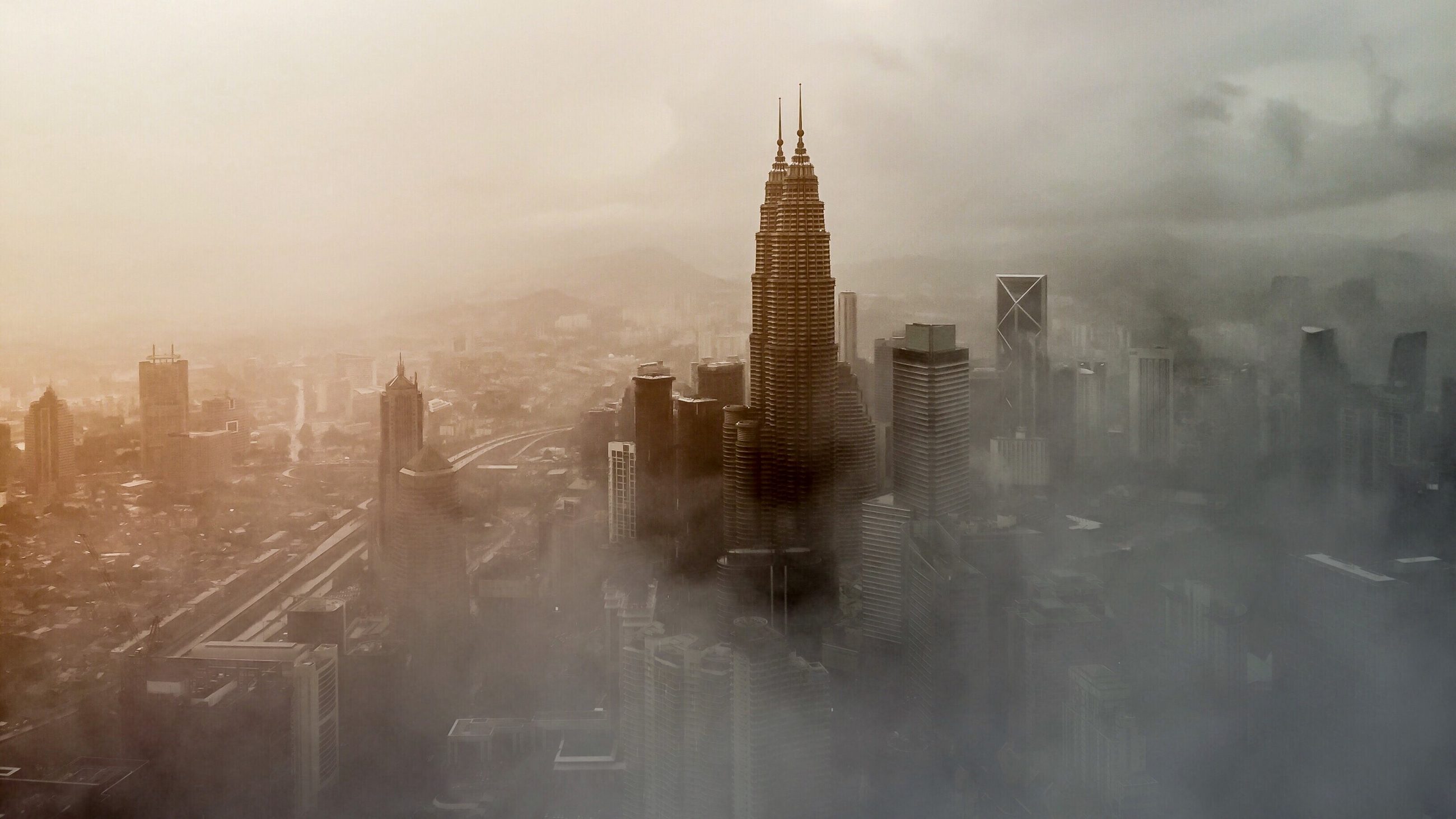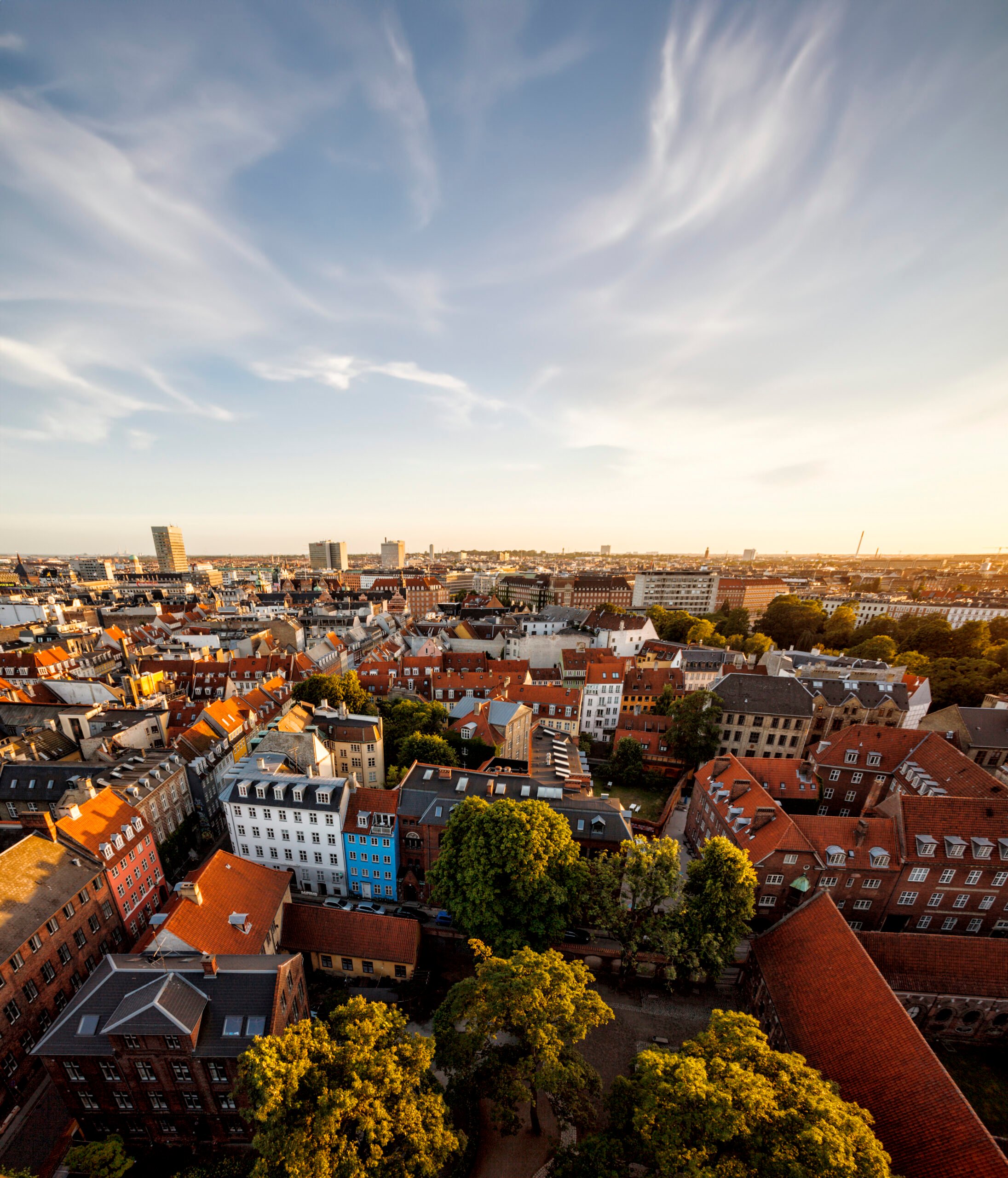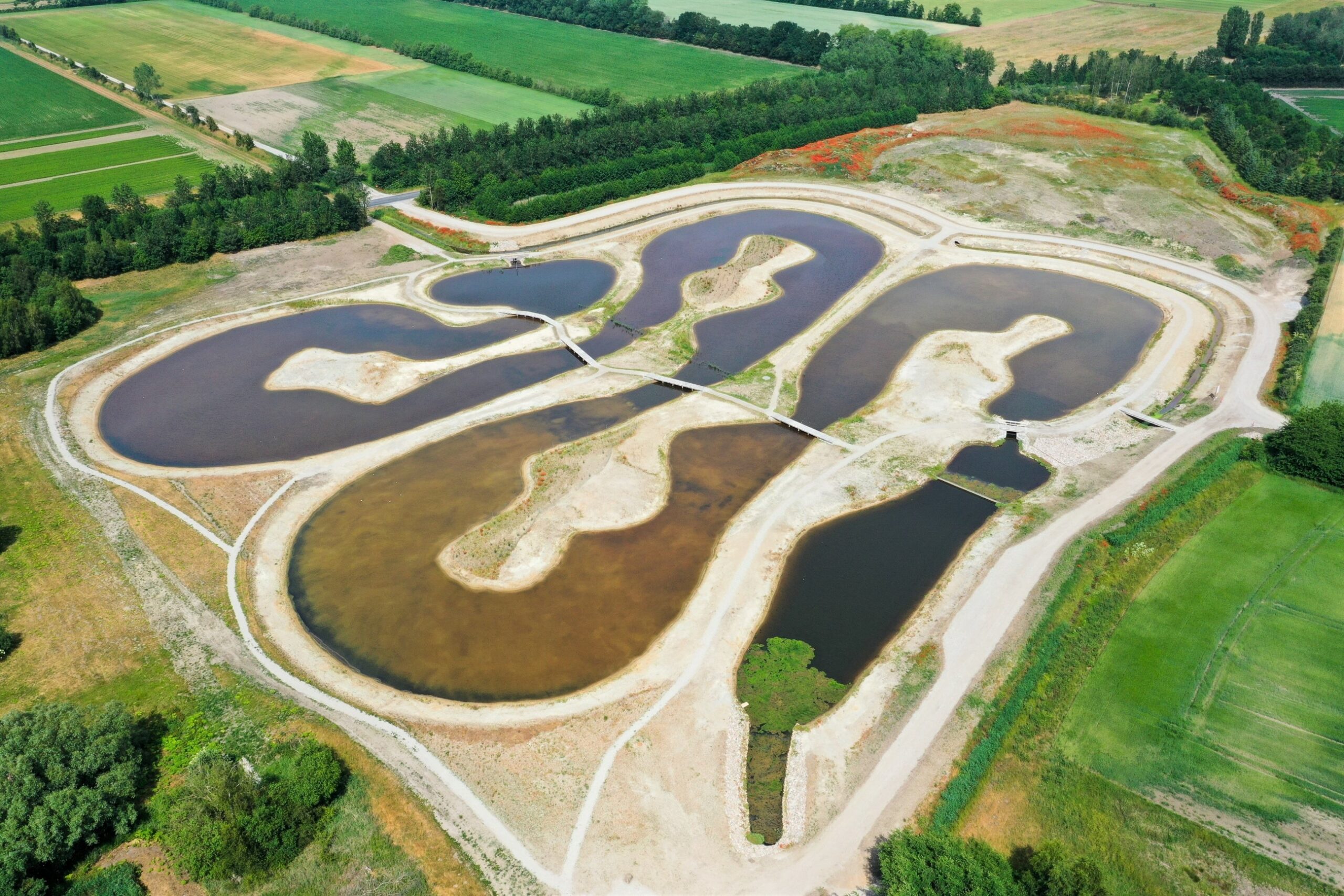News
Air pollution
Buildings
Circular building design
+4
Future resilient cities offer clean air and sustainable water management


Air pollution is a global health challenge causing premature deaths of millions each year as well as a very high cost to society. As reported in State of Green’s 2020 “Clean Air” white paper, ambient air pollution causes 4.2 million premature deaths globally every year due to strokes, heart diseases, lung cancer and chronic respiratory diseases. In fact, air pollution is the greatest environmental health hazard globally, according to the European Environment Agency. More than 90 per cent of the world’s population lives in places where air quality levels exceed limits recommended by the WHO. The major outdoor pollution sources include vehicles, power generation, heating, agriculture, waste incineration, shipping and industry.
The costs of air pollution
On behalf of the NGO alliance European Public Health Alliance (EPHA), researchers from CE Delft recently examined air pollution costs in 432 cities (130 million inhabitants) across 30 European countries. Quantifying the monetary value of premature death, medical treatment, loss of work days and other health costs, the researchers found that air pollution costs the average European city dweller EUR 1,276 per year, equivalent to 3.9 per cent of income earned in cities.
For all 432 cities, the social costs quantified were over EUR 166 billion in 2018. Or EUR 385 million per city on average, per year. People living in big, expensive cities tend to face the highest pollution costs due to population density, higher earnings and expenses, EPHA writes. And COVID-19 is not exactly improving the situation. According to the Centre for Research on Energy and Clean Air, past and current air pollution exposure is worsening the COVID-19 pandemic as high levels of air pollution affect the natural defences of the body against airborne viruses.
The economic rationale to act
However, the good news is that the economic impact of air pollution is far higher than the investments needed to reduce air pollution. Calculations made by the European Commission show that in the EU, the expected benefits to society are more than 20 times the cost of implementing the legislation. Globally, there is an economic rationale to act and cost-effective solutions already exist to address the challenge of air pollution.
Existing solutions and technological development must go hand in hand
Many solutions to fight air pollution already exist and are available not only in transportation and urban planning but also in power generation, local heat production, industry, shipping and agriculture. Some of these solutions are highlighted in State of Green’s “Clean Air” white paper.
Improving urban air quality
As mentioned, the problems related to air pollution are often seen in relation to the world’s cities, exacerbated by increasing urbanisation – a trend that shows no sign of decline.
For many decades, Danish cities have been frontrunners in addressing urban air pollution. Some of the solutions, which have shown to be effective in order to improve urban air quality in Danish cities, include:
- implementing fuel quality requirements, taxation, vehicle emission standards and urban vehicle access restrictions,
- retrofitting of vehicles,
- shifting from individual domestic heating using coal or oil, to the use of district heating based on surplus heat from conventional power plants, industries and waste incineration and
- replacing old wood stoves with new, eco-friendly ones.
Urbanisation also causes water challenges
Just as air pollution is an issue around the world, especially in our cities, urban population growth is increasingly putting pressure on urban water supply and water management – and climate change is putting increasing pressure on wastewater infrastructure in cities.
Without proper sanitation, sewerage and clean water supply, there is no liveable city. In fact, good water management can make cities healthier places to live, resilient towards climate change and more sustainable overall. Placing water at the core of the city’s urban planning and investments creates a strong foundation for sustainable growth. This is one of the key takeaways from State of Green’s new “Water for Smart Liveable Cities” white paper, which contains a collection of case examples from cities around the world focusing on smart, sustainable urban water management.
Half of the world water-stressed by 2025
Ensuring sufficient supply of clean drinking water for a growing urban population is a challenge for many cities around the world. By 2025, half of the world’s population will be living in water-stressed areas according to estimates by the United Nations. Furthermore, the recent global health crisis due to COVID-19 underscores the importance of access to clean water to ensure a healthy population.
The Danish model for urban water supply may be a source of inspiration as it ensures efficient and safe supply of high quality water in a transparent and democratic manner.
“I believe water is the key to creating cities that are both sustainable and attractive places to live. Caring for the environment while managing well-functioning cities that are resilient, healthy and attractive places to live is a challenge facing cities all over the world – but it also represents opportunities,” Danish Minister for Environment, Lea Wermelin, writes in the “Water for Smart Liveable Cities” white paper foreword.
Read more in the white paper about how rethinking urban water management can transform cities of the future.
The green transition is good for the planet and for our economies
But how to prioritise in the wake of the global COVID-19 health and financial crisis?
In their latest “World Economic Outlook”, the International Monetary Fund (IMF) make the case that economic policy tools can pave a road toward net zero emissions by 2050 even as we seek to recover from COVID-19. Remarkably, the IMF show that these policies can be pursued in a manner that supports economic growth, employment and income equality.
“A broadly adopted, growth-friendly [climate change] mitigation package could raise global activity through investment in green infrastructure over the near term, with modest output costs over the medium term as economies transition away from fossil fuels toward cleaner technologies. Relative to unchanged policies, such a package would significantly boost incomes in the second half of the century by avoiding damages and catastrophic risks from climate change. Moreover, health outcomes would begin to improve immediately in many countries thanks to reduced local air pollution,” the outlook executive summary explains.
Or as the IMF Managing Director, Kristalina Georgieva puts it on Twitter: “Fighting climate change isn't just good for our planet - it's good for our economies. The IMF's latest research shows that we can get to net zero carbon emissions by 2050 while creating millions of jobs.”
You should consider reading
publications
Resource efficient production
+15















